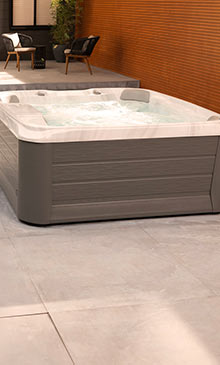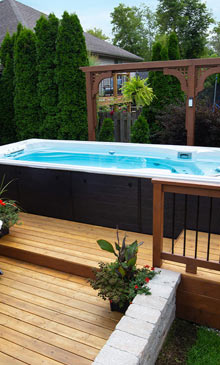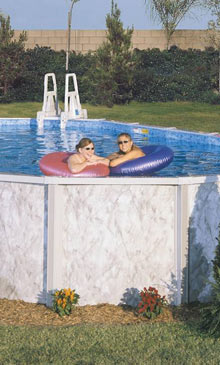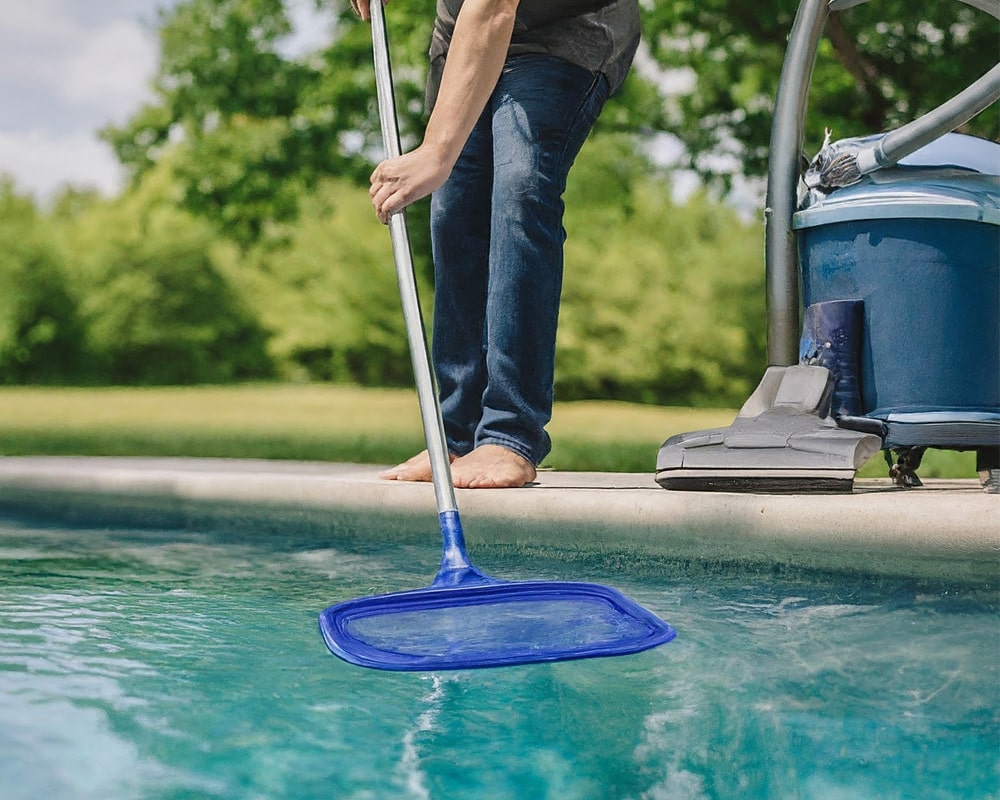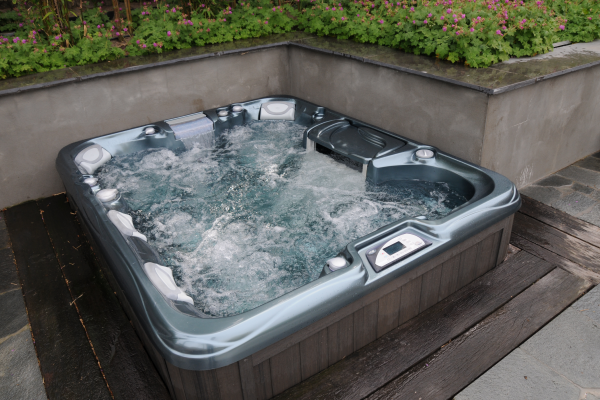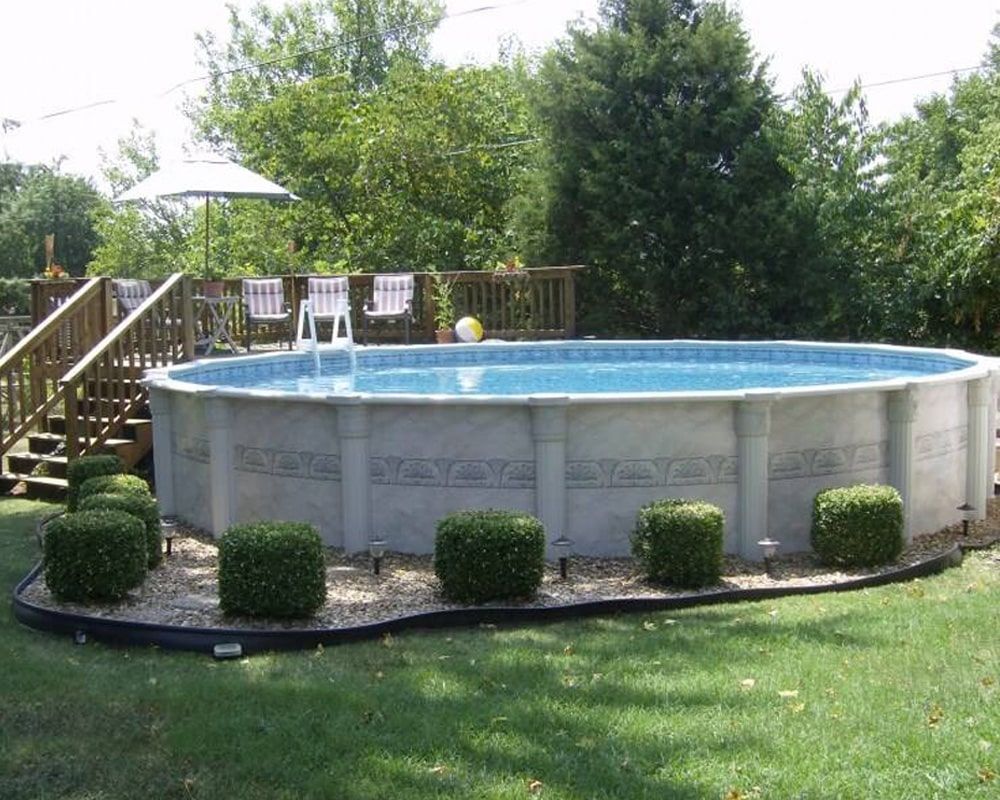When you choose to purchase a hot tub, it is important to first learn about the different types of maintenance that a hot tub will need.
Testing the water in your hot tub regularly is crucial. Over time, hot tub water can build up bacteria, debris, and chemicals that upset the water’s balance. When this happens, the water can become damaging to the hot tub and potentially dangerous to soak in.
Owning a hot tub comes with the responsibility of knowing how to test and treat your water. In this comprehensive guide, we will cover everything you need to know about how, why, and when to test your hot tub water.
Why You Need to Test Your Hot Tub Water
Though there are many different mechanical parts to a hot tub, the most important element is the water that fills it. In a perfect world, every person that ever got in your hot tub would be completely clean. Your hot tub would be fully protected from debris in the surrounding environment.
This, of course, is unrealistic.
Hot tubs build up unwanted chemicals and contaminants over time. The key is to know when to test and treat your water!
Additionally, allowing the water in your hot tub to go untested for a long period can result in extra expenses. After too much time, the water may have algae or mold growing in it that will require a deep cleaning and full draining to get rid of.
Untreated water can even end up damaging the hot tub itself when cleaning is not carried out promptly.
Regularly testing your hot tub water helps reduce your overall hot tub maintenance expenses. Moreover, it also plays a key role in your health and safety.
Sitting in water with contaminants can lead to rashes and infections on the skin. Getting a rash is certainly not the ideal scenario when you’re trying to kick back and relax!
How to Test Your Hot Tub Water
When it comes to testing and treating your hot tub water, you have one of two options:
- Call a professional service provider, such as All Seasons Pools & Spas. This ensures you are receiving professional-grade tests and that your water’s chemistry is restored quickly and with ease.
- Testing and treating the water yourself. This can be a preferred method for those who do not have a service provider nearby, need to test their water in a limited timeframe or are a “Do-It-Yourself’er”
If you are opting for option number 2, then there are a few key steps you will need to follow.
Step 1: Obtain a Testing Kit
Testing kits can come in a few different forms. These include:
- Test Strips and Readers: Test strips are the most common water testing method. Test strips can test for pH levels, alkalinity, and chlorine. Test strip readers are slightly more advanced accessories that assist you in reading your strip but are not required.
- Liquid Test Kits: Liquid test kits involve taking a few samples of water and using droppers filled with either phenol red or orthotolidine to test pH and chlorine levels.
- Lab Tests: A lab test is a bit of a compromise between testing the water yourself and having a professional do it. Rather than having a professional team come to your hot tub, you deliver a sample of your water to a provider who can test it for you.
Liquid test kits are generally considered to be more thorough and accurate when testing hot tub water. However, either liquid kits or test strips can work sufficiently.
Step 2: Using Your Testing Kit
While lab tests do not require you to do the actual testing and analysis, test strips and liquid kits do.
Test strips are super easy to use – just dip them into a sample and wait a few seconds. The result will appear on the strip in the form of a color. Typically, the strip will not need to be emerged in the water for long. A simple and quick dip should do!
After a few seconds have passed, the test strip will begin to change color. The test strips you purchase should have a key or guide on the packaging. This guide will tell you what each of the colors means.
Liquid test kits are slightly more complicated, but not very. They require a dropper to be used containing a testing liquid. This liquid is dropped into a sample of the hot tub water. Like the test strips, there will be a color guide informing you of what different color results indicate.
The key with liquid tests is to use the proper amounts of liquid according to the product instructions.
Step 3: Analyze and Treat Your Water Accordingly
The final step is to analyze your test results according to your product guides. Once you have done so, you will know what levels are off-balance, allowing you to treat the water with the proper products.
Hot tub water treatment products can include:
- pH Increasers and Decreasers: Your hot tub’s pH level is one of the most important chemical balances to check. The pH level needs to be as neutral as possible to avoid irritating the skin or damaging the hot tub.
- Non-Chlorine Shocking Agents: Shocking agents release oxygen into the water and help to sanitize the water. This serves a similar function to chlorine while only raising the chlorine level for a short period.
- Sequestering Agents: If your hot tub water has turned a different color – either brown, green, orange, or red – you will need a sequestering agent to deal with the high levels of minerals and metals. Sequestering agents are used to remove heavy metals and calcium from the hot tub water.
- Sanitizer: A sanitizer will help keep your hot tub water well balanced while also killing bacteria and helping to purify the water.
- Defoamer: Certain substances, like cosmetics or lotions, can contain contaminants that foam when they come into contact with the hot tub jets. Defoamer is a specific type of substance that eliminates this foam.
- Calcium: Like with pH, calcium will have both increases and decreases to use in a hot tub. If your hot tub builds up too much calcium, it can damage the metal components and result in pricey repairs.
What to Look for While Testing Your Hot Tub Water
When you are testing your hot tub water, there are many different factors you should keep an eye out for.
For a test strip, you will be looking for specific colors that indicate different imbalances. Typically, a standard test strip will test pH, alkalinity, and chlorine. However, you can also find test strips that measure the level of metal and minerals like iron, copper, calcium, and salt.
Likewise, there will be different liquid testing kits you can use to measure different chemical levels.
Here are 6 additional factors to look for when testing your hot tub water:
- Water Color: Ideally, your hot tub water should be clear. If it has taken on a different hue, such as green or brown, you likely have an imbalance of metals and minerals.
- Foam: Foam occurs when substances such as lotions interact with hot tub jets. Compounds in lotions, cosmetics, sunscreens, and other body oils can become agitated by the jets and foam up.
- Cloudiness: Cloudy water is often an indication of corroded metals or equipment. Cloudiness can also be caused by overuse without proper sanitizing after each use. It can also be caused by calcium hardness dropping too low.
- Smell: When your hot tub does not have the proper level of sanitizer and pH, bacteria and algae can begin to grow. This will lead to a musty and unappealing odor.
- Skin Irritation: When the alkalinity in your hot tub is out of balance, the water will begin to irritate your skin and eyes. This should be addressed immediately, especially if people with sensitive skin will be using the hot tub.
- Scaling: The formation of scales on your hot tub is another indication that your hot tub has an excess of calcium.
How Often to Test Your Hot Tub Water
How often you need to be testing your hot tub water will ultimately depend on how often it is being used.
At a bare minimum, you should test your hot tub water twice a week, every week. It is important to remember that while there can be visual indicators of an imbalance, many times a hot tub’s water can look and smell fine despite being out of balance.
While this may seem excessive to new hot tub owners, frequent testing is essential. Not only does it ensure the water is safe for you to soak in, but it will also help you to expand the lifespan of your hot tub as well.
We highly recommend having your hot tub professionally tested at least once a month, especially if you are encountering imbalances that you can’t quite seem to fix.
The Ideal Hot Tub Water Chemistry
Getting your hot tub water to the ideal balance of chemicals is key. Luckily, the proper readings for each of the core levels are fairly straightforward.
There are four main components of hot tub water chemistry: pH, alkalinity, sanitizer, and calcium. Here are the readings you should get for each in a well-balanced hot tub:
- pH: Between 7.2 to 7.8. Below this level, pH becomes acidic. Above it, the water becomes basic or alkaline.
- Total Alkalinity: Total alkalinity helps to buffer pH to help give the proper reading. When testing your alkalinity, you want to look for a reading within the range of 80 to 120 PPM.
- Sanitizer: Standard sanitizers are either chlorine-based or bromine-based. For chlorine, your reading should be between 1.5 – 3 PPM. For bromine, the reading should be between 3 – 5 PPM.
- Calcium Hardness: The calcium hardness you want to aim for will differ depending on the material your hot tub’s finish is made from. For acrylic finishes, tests should read between 100 – 250 PPM. For plaster finishes, the reading should be between 250 – 450 PPM.
Along with these levels, you should also be using a non-chlorine shock treatment at least once a week. This will help when the levels are correct, but the hot tub’s water and scent are not correct. More frequent shocking should occur when the hot tub is heavily used.
How to Maintain Clear and Safe Water Chemistry
- Test Regularly: Testing is truly crucial. Whether you do the tests yourself or have a professional team come in, you need to be testing your water every week.
- Create a Cleaning Schedule: Maintaining your hot tub is just as important as testing the water. A clean hot tub will enable better and longer-lasting water chemistry.
- Be Consistent: Consistency is key. So long as you keep up your routine of testing and cleaning, your hot tub will last for many years.
Extra tips for keeping your hot tub clean include:
- Having each person rinse off before entering the hot tub
- Clean your hot tub filters by simply rinsing with a hose, spraying to remove debris, and soaking in cleaning agents.
- Cover your hot tub whenever it is not in use.
- Drain, clean, and refill your hot tub at least once every 6 months.
Contact All Seasons Pools & Spas for Your Water Testing Needs
Keeping your water clean and balanced doesn’t have to be a headache or extra addition to your weekly chores. Here at All Seasons Pools & Spas, we offer top-quality maintenance services to ensure your hot tub is properly serviced.
Our hot tub services include:
- Weekly visits year-round
- Full chemical analysis
- Chemical adjustments
- Filter cleanings and replacement
- Emailed log services
- General equipment check
If you enjoyed this article or found it helpful, don’t forget to check out the rest of our blog for more tips and tricks for hot tub maintenance. For those curious about purchasing their own hot tub, check out our FAQ that covers everything you need to know about our products and brands.
All Seasons Pools & Spas is located in northern California. We have six different locations in Grass Valley, Granite Bay, North Auburn, Roseville, and Shingle Springs. Get in touch with us today to request a price quote or to learn about our financing options!
